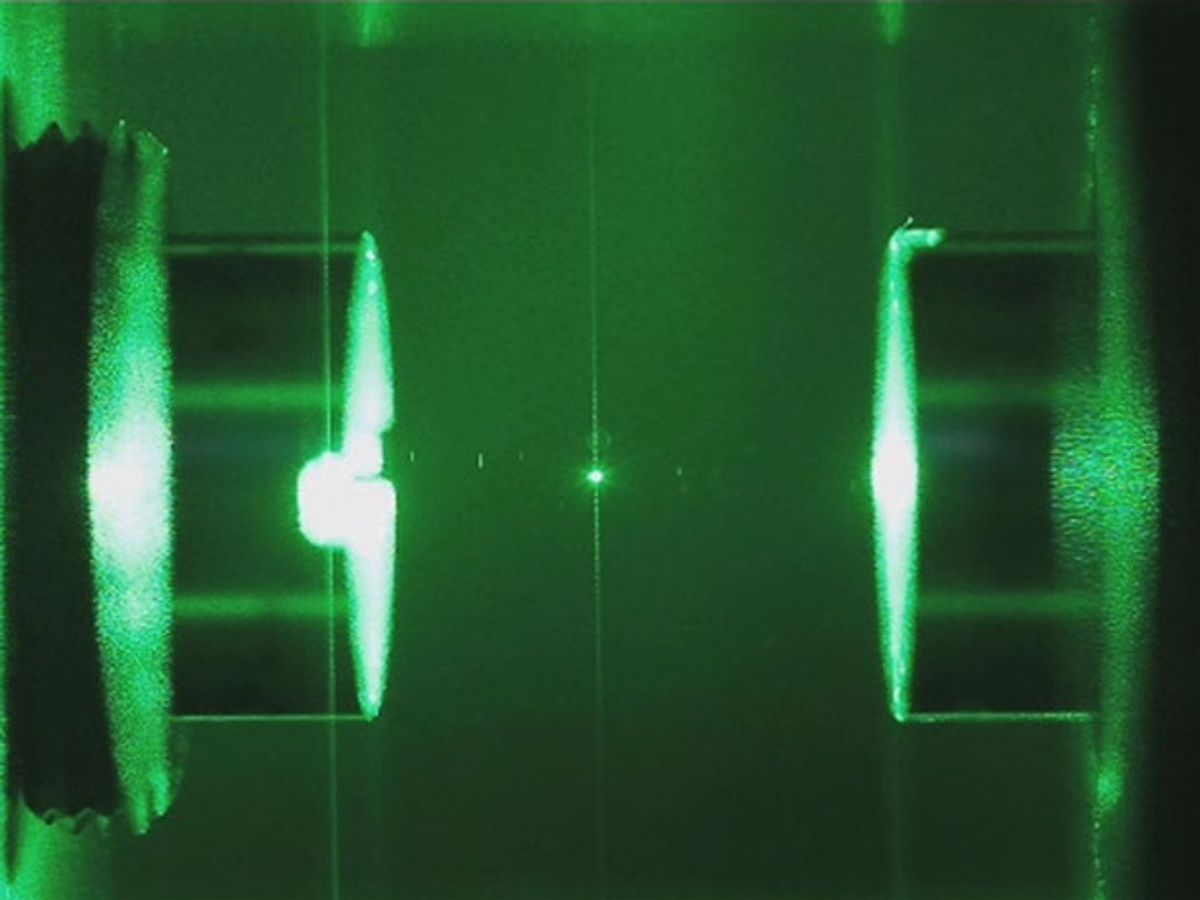One of the key physical forces on the nanoscale is Brownian motion in which particles suspended in a gas or liquid seem to move around randomly as they are pushed to and fro by collisions with the atoms that comprise the gas or liquid. So, if you were to look at the world on the nanoscale, everything would be appear to be in a state of random movement.
Understanding and working with these forces are of great interest to those in the field of molecular nanotechnology (MNT), where mechanical engineering meets the nanoscale. MNT involves the movement of gears and motors, just like you would find in a large-scale factory, but Brownian motion has persistently presented a problem because it prevented engineers from achieving the tight tolerances required for those systems to work.
Lately, however, researchers have been able to make Brownian motion a feature rather than a bug, so to speak. A few years back, scientists in Japan demonstrated the conversion of information into energy by using Brownian motion to cause a pair of particles to rotate clockwise. The UK-based company Nanosight Ltd. is another company that exploits Brownian motion to with a method for visualizing particles in a liquid.
Now researchers at the University of Exeter and the University College London have developed a method employing Brownian motion to measure the temperature of nanoscale objects.
“This [Brownian] motion is caused by the collisions with the air molecules," said Dr. Anders from the University of Exeter in a press release. "We found that the impact of such collisions carries information about the object's surface temperature, and have used our observation of its Brownian motion to identify this information and infer the temperature."
The research, which was published in the journal Nature Nanotechnology (“Nanoscale temperature measurements using non-equilibrium Brownian dynamics of a levitated nanosphere”), involved catching a glass nanosphere in a laser beam and suspending it in air. By then heating the sphere, the researchers were able to observe rising temperatures on the nanoscale until the glass got so hot that it melted. The technique is not limited to glass; it could be used to determine the surface temperatures of any tiny sphere.
"When working with objects on the nanoscale, collisions with air molecules make a big difference", said James Millen from the team at University College London in a press release. "By measuring how energy is transferred between nanoparticles and the air around them we learn a lot about both.”
This method should give engineers more accurate temperature measurements with spatial resolution on the nanoscale. This new capability to measure the temperature of nanoscale objects should prove useful in the operation of nanoscale systems because engineers will now likely be able to exert control over them, with thermal energy as the lever for fine-tuning their activity.
Dexter Johnson is a contributing editor at IEEE Spectrum, with a focus on nanotechnology.



